The Best Way to Grow Herbs From Small Seeds in 2024
Cultivating herbs from seeds is a rewarding experience that enhances your garden and your cooking.
Our experts have grown a bunch of herbs from seeds and know how to do it.
With these steps, you are ready to start your herb-growing journey successfully. In this short and to-the-point guide, we'll reveal the most effective techniques for cultivating herbs from tiny seeds to big plants.


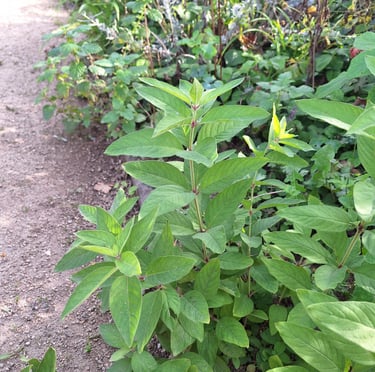





No matter if you grow flowers from seeds or herbs from seeds, your journey begins with choosing seeds. Opt for organic and non-GMO varieties when possible. Consider the climate and space you have available, as some herbs thrive better in certain conditions. Popular choices include basil, parsley, cilantro, and dill.


1. Selecting the Right Seeds for Growing Herbs



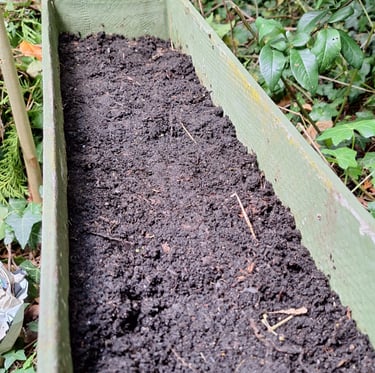
2. Preparing the Soil
Filling your garden bed with a proper herb soil mix is important for successful herb gardening. Use a mix that's specifically designed for seedlings, which typically includes vermiculite or perlite for better aeration and drainage.
After growing multiple herbs in the right soil, we concluded that the pH level of the soil should ideally be neutral. Ensuring a nutrient-rich environment will give your herb seeds the best start.





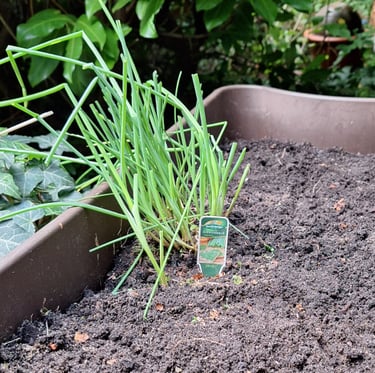
3. Planting the Seeds
You need to plant the right herbs together and also remember that small herb seeds don‘t need to be planted deep similar to perennial planting.
Scatter them lightly over the soil surface and cover them with a thin layer of soil or vermiculite. This technique, known as broadcasting, is essential for tiny seeds, as it prevents them from being planted too deeply, which can hinder germination.



4. Providing Light and Warmth
No matter if cooking herbs, evergreen plants or Medicinal herb seeds generally require plenty of light and a stable warm environment to germinate successfully. Place your seed trays or planting pots in a location that receives sunlight, or use grow lights if natural light is limited. Keeping the environment warm, but not hot, is crucial for sprouting.
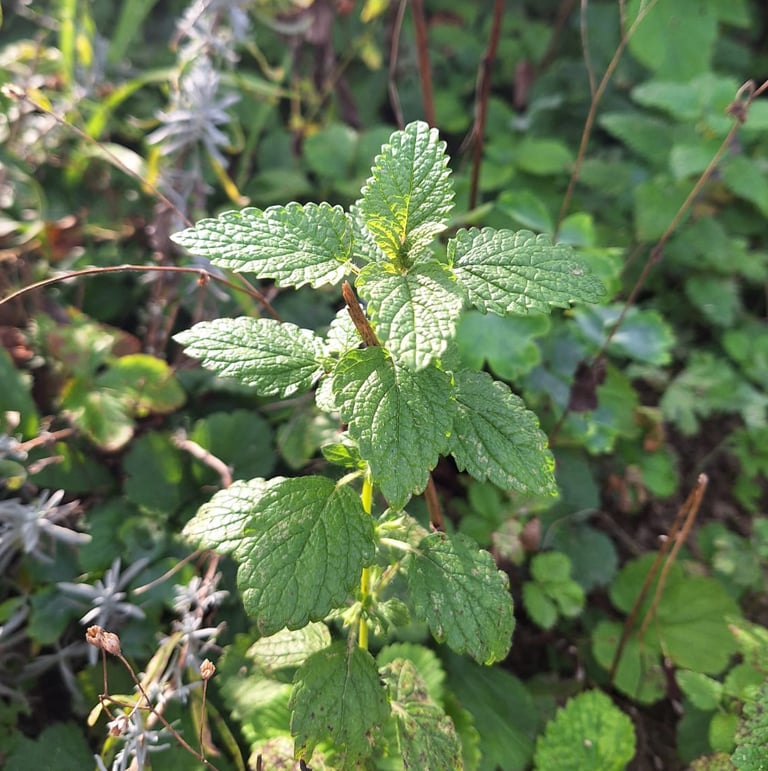





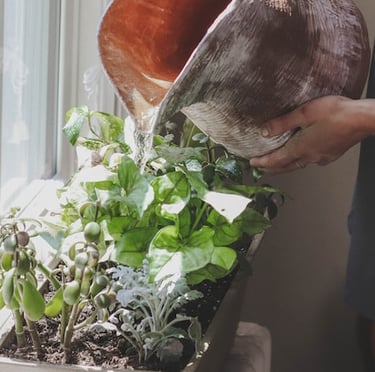

Watering Techniques
Water is vital, but overwatering can be detrimental. The goal is to keep the soil moist but not soggy. Using a spray bottle to mist the soil is an effective way to maintain the right moisture levels. Be consistent with your watering schedule, as unpredictable watering can stress the young plants.




Once your herbs have sprouted and grown a few true leaves, it’s time to thin them. This process involves removing weaker seedlings to give space for stronger ones to grow, similar to growing basil from seeds. As they mature, transplant them into larger pots or your garden so that each herb has sufficient space to thrive.
6. Thinning and Transplanting






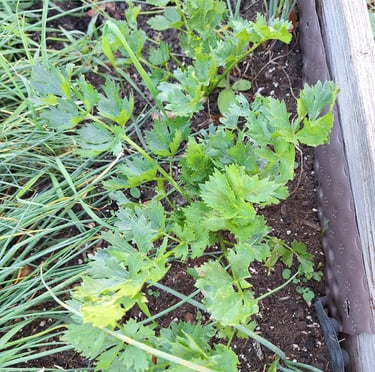

7. Ongoing Care and Harvesting
Regular care includes monitoring for pests, providing sufficient water, and when it comes to fertilizing plants, occasionally feeding them with a mild organic fertilizer is a great option. It is best to harvest herbs regularly to encourage continuous growth. Remember, the best time to pick herbs is in the morning when their aromatic oils are at their peak.




Frequently Asked Questions


When is the best time to transplant herb seedlings outdoors?
The best time to plant plants or thansplent them is after the last frost (sping) or fall.

Can I grow herbs indoors from seeds?
How long does it take for herb seeds to germinate?
Yes, herbs can grow indoors with sufficient light and a warm environment.
Most herb seeds sprout in 1 to 3 weeks, with the right temperature and moisture.




Sources
Nature and Sustainability uses only high-quality sources, including peer-reviewed studies to support the facts we describe in our articles. Please read our editorial policy to learn more about how we keep our content accurate, reliable, and trustworthy.
General Information on selecting the right seeds: https://extension.psu.edu/transplanting-annuals-into-the-garden
Preparing the soil for sowing: How To Prepare Soil for Sowing | BBC Gardeners World Magazine
Sowing/planting the seeds: How to Direct Sow Seeds Successfully in Your Garden (thespruce.com)
Caring for herbs after planting: Care of Herbs and Starting Herbs from Seed | University of Maryland Extension (umd.edu)
Thinning seedings: How to Thin Out Crowded Seedlings | Gardener's Supply (gardeners.com)
FAQ and extended information on growing and caring for herbs: Herb Gardening for Beginners | Extension | West Virginia University (wvu.edu), Growing Herbs PDF (oregonstate.edu)
Share this article:




Article By:
Calin is in the garden industry for 5 years now and knows a lot about gardening and plants. He is the owner of this website and responsible for most of the content.



